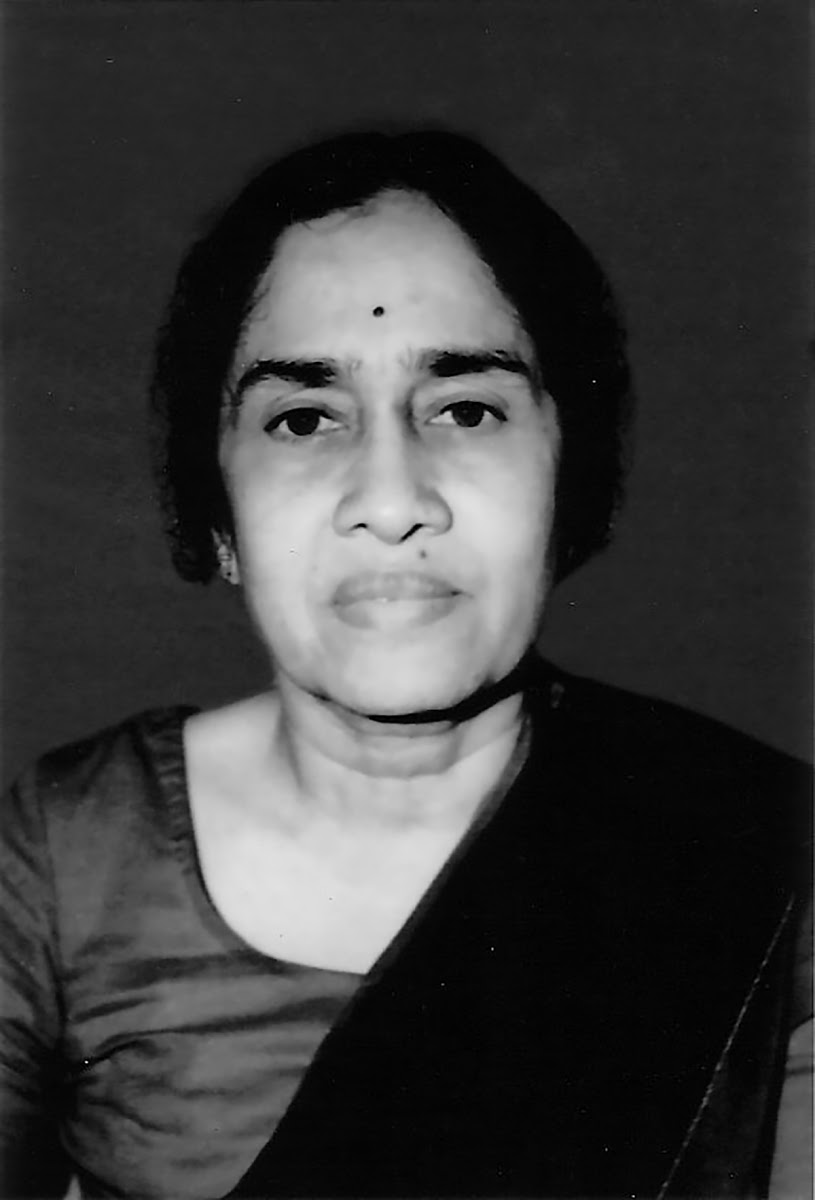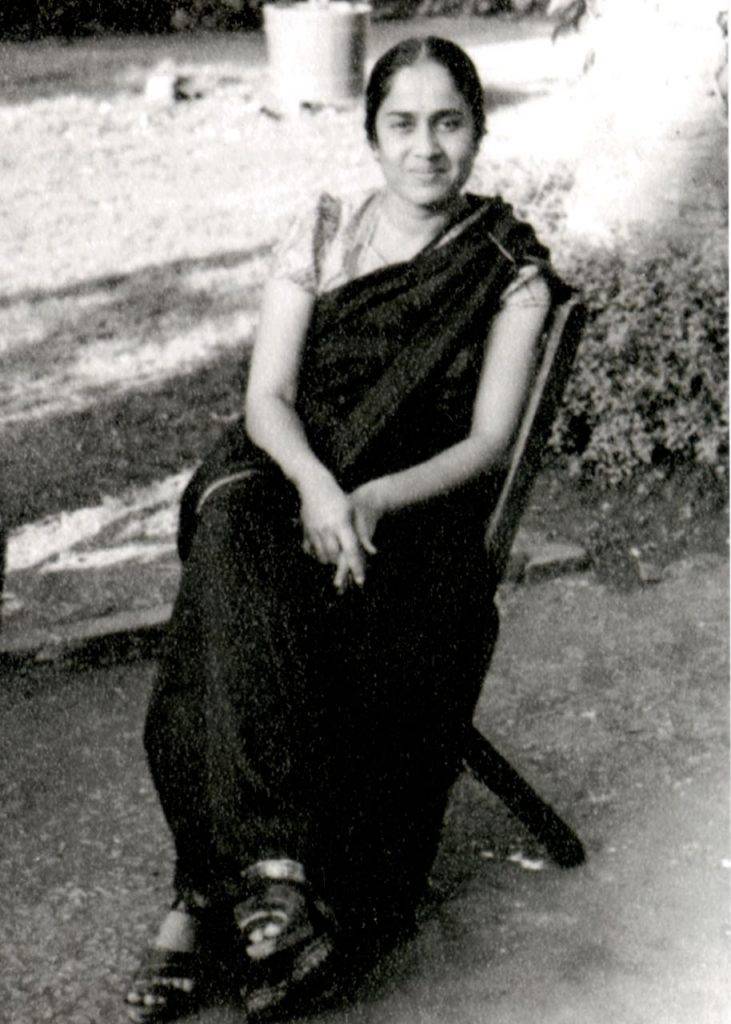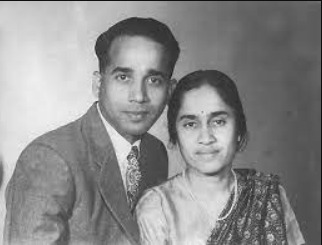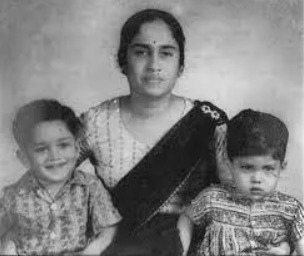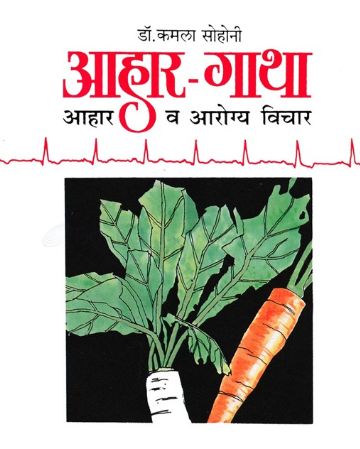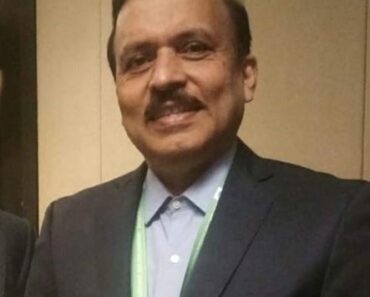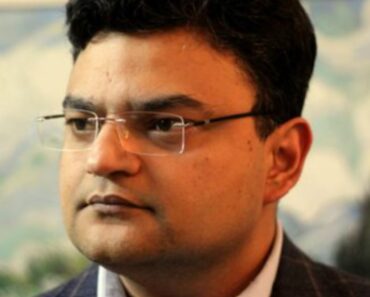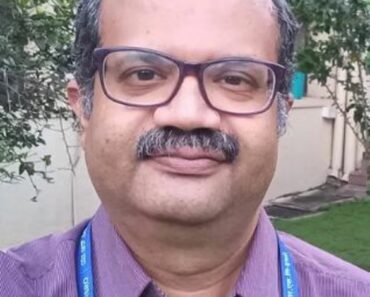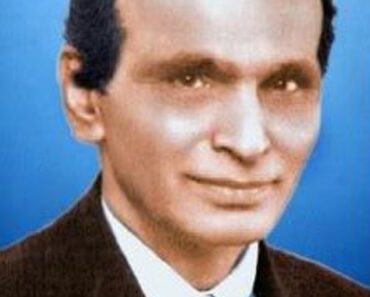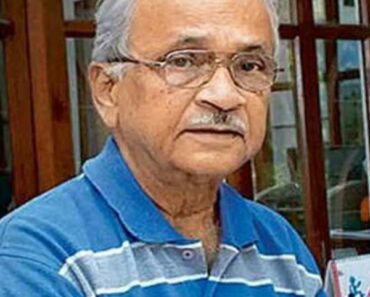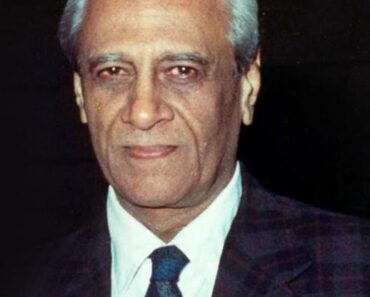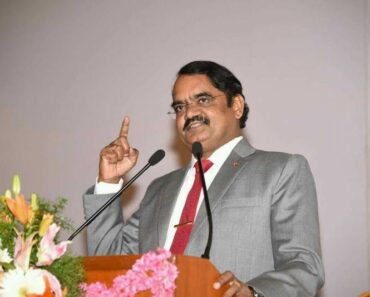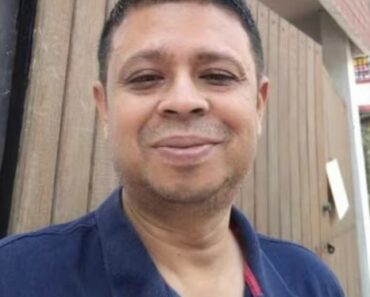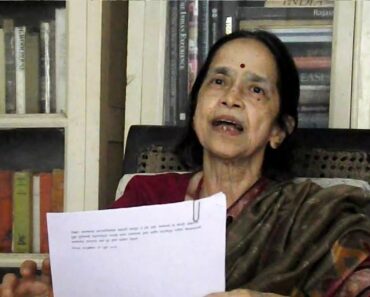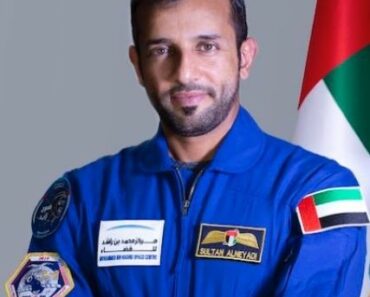Kamala Sohonie (1911–1998) was an Indian biochemist who is known for being the first Indian woman to earn a Ph.D. in a science field.
Contents
Wiki/Biography
Kamala Sohonie, who was born as Bhagvat, [1]Indian Academy of Sciences was born on Sunday, 18 June 1911 (age 87 years; at the time of death) in Indore, Indore State, British India (now the domain of Madhya Pradesh, India.) Her zodiac sign was Gemini. In 1933, Kamala finished her studies with a B.Sc. degree in Chemistry and Physics from Bombay University and applied to the Indian Institute of Science for a research fellowship. However, her application was rejected by the then-director and Nobel Laureate Prof. C V Raman on the basis that women were not capable enough to pursue research. She was granted admission later when she protested outside Professor CV Raman’s office.
Physical Appearance
Hair Colour: Black
Eye Colour: Black
Family
Parents & Siblings
Her father, Narayanarao Bhagvat was a chemist who studied at what was once called the Tata Institute of Sciences in Bengaluru, which later became known as the Indian Institute of Science.
Husband & Children
In 1947, she tied the knot with M.V. Sohonie, a professional in actuarial science, and then relocated to Mumbai.
The couple have two children.
Other Family Members
Her uncle, Madhavrao Bhagvat was also a chemist who studied at the Indian Institute of Science, Bengaluru.
Career
She traveled to the UK to study at Cambridge University, joining Dr. Derek Richter in the Frederick G. Hopkins lab. She was part of Newnham College, starting her studies in 1937, where she pursued the Biological Natural Sciences Tripos. After Richter’s departure, she collaborated with Dr. Robin Hill, researching plant tissues. During her research on potatoes, she identified the enzyme ‘Cytochrome C’. This enzyme is vital for the electron transport chain, a process fundamental to energy production in plants, humans, and animals. Kamala took on the role of Professor and Head of the Biochemistry Department at Lady Hardinge Medical College in New Delhi. She then served as the Assistant Director at the Nutrition Research Laboratory in Coonoor, where her work was centered on the impacts of vitamins. Later, at the Royal Institute of Science, she became a Biochemistry Professor. Here, she and her team delved into nutritional studies of legumes. During this phase, they undertook significant research on primary food groups mainly consumed by economically challenged communities in India.
Other Works
Apart from her accomplishments in science, Kamala played a crucial role as a consultant to the Aarey Milk Project Factory in Bombay, where she formulated a method to stop milk from curdling. She also was instrumental in establishing the Consumer Guidance Society of India (CGSI). Serving as its President in the years 1982-83, she wrote articles emphasizing consumer protection for the society’s magazine, ‘Keemat’. Initiated by a group of nine women in 1966, the CGSI stood as India’s first consumer rights organization.
Major Works
Kamala’s studies focused on the impacts of vitamins and the nutritional benefits of pulses, rice, and specific foods that are part of the meals of undernourished teenagers and expectant mothers from tribal groups. Introducing these as affordable dietary enhancements resulted in notable health improvements. Her exploration into the nutritional advantages of a palm derivative known as ‘Neera’, a sap derived from various toddy palms, came about due to a recommendation from the then-president, Rajendra Prasad. Interestingly, these nutrients remained intact even when Neera was processed into palm jaggery and molasses.
Awards, Honours, Achievements
- Rashtrapati Award for her research in ‘Neera’
Death
Kamala Sohonie passed away in 1998, shortly after experiencing a collapse at a recognition event hosted by the Indian Council of Medical Research (ICMR) in New Delhi. [2]University of Cambridge
Facts/Trivia
- Kamala Sohonie came from a family with deep roots in science. Her father, Narayanarao Bhagvat, and her uncle, Madhavrao Bhagvat, were both accomplished chemists who studied at the previously known Tata Institute of Sciences in Bengaluru, which later became the renowned Indian Institute of Science.
- When Kamala initially sought admission to the Indian Institute of Science, she faced rejection. In a non-violent protest or ‘satyagraha’, she stood her ground outside Prof. C V Raman’s office. This act eventually led to her acceptance into the institute, but with certain conditions:
- She was not allowed to be a regular student.
- Her first year would be on probation.
- Her work would be officially recognized only after Prof. Raman was personally convinced of its quality.
- She was expected not to be a “distraction” to her male classmates.
- Accepting these terms, although feeling insulted, Kamala, in 1933, became the institute’s first female student.
- Reflecting on this, she later commented on the prevalent gender bias of the time, particularly highlighting the narrow-mindedness of a Nobel Laureate like CV Raman. However, because of her courage, many more women were later admitted to the institution.
- After earning her PhD, Kamala, being an ardent follower of Mahatma Gandhi, returned to India in 1939, eager to aid in the national freedom movement.
- She was not only a brilliant researcher but also an active science communicator and has written several educational books. One of her prominent books is titled “Aahar Gatha”, written in the Marathi language.
- During her time at Cambridge University, she worked under Dr. Derik Richter, who made the unique arrangement of providing her with a table during the day, which he used as a bed at night.
- Kamala secured two scholarships during her academic journey. Her first was at the Sir William Dwan Institute of Biochemistry at Cambridge, under Nobel Laureate Prof. Fredrick Hopkins, where she specialized in biological oxidation and reduction. Her second was an American traveling fellowship, providing her the opportunity to interact with prominent European scientists.
- Remarkably, Kamala completed her entire Ph.D., from research to thesis, in just 14 months, producing a 40-page document which is considered shorter than a regular thesis.
- Many of her mentees, who also assisted her in her research, went on to become esteemed scientists in their own right.
- Despite her passion for science, Kamala faced considerable professional challenges, particularly due to gender biases. She believed her promotion to the Director of the Institute was delayed by four years because of this. When she was eventually promoted to the Director’s position, Dr. Derik Richter, her first mentor at Cambridge, commented on the significance of her appointment as the first female Director of such a prestigious science institution.
- Dr. Satyavati, the first female Director General of the Indian Council of Medical Research (ICMR), recognizing Kamala’s contributions and obstacles, organized a grand ceremony in New Delhi for her. She was 84 years old at that time.
- To honor Kamala Sohonie’s legacy, Google celebrated her 112th birthday on 18 June 2023 with a special Google Doodle.
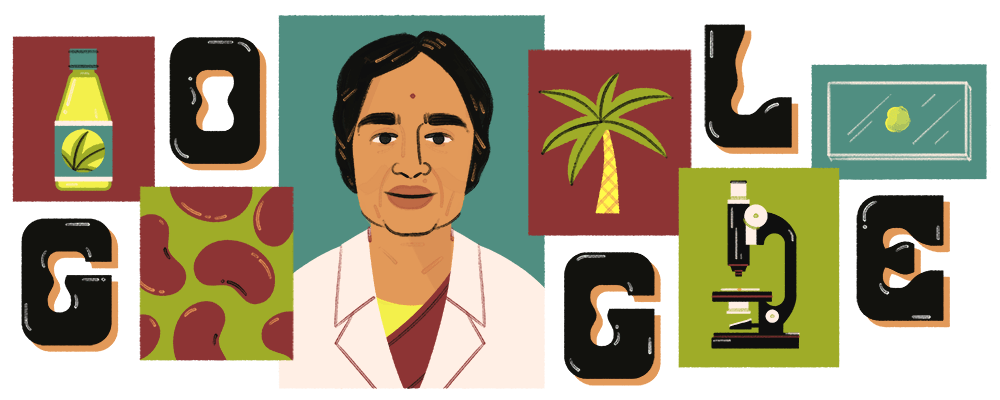
References
| ↑1 | Indian Academy of Sciences |
|---|---|
| ↑2 | University of Cambridge |

